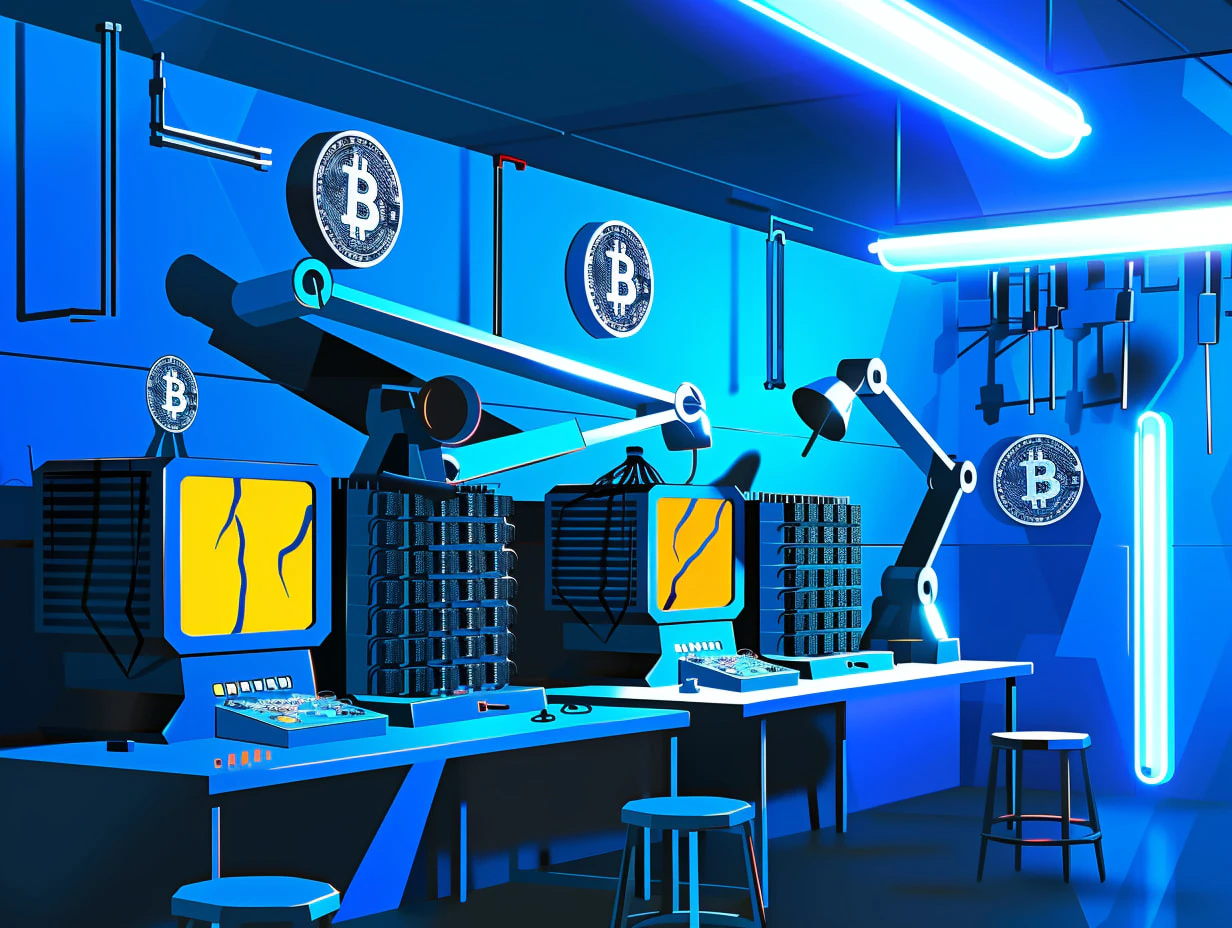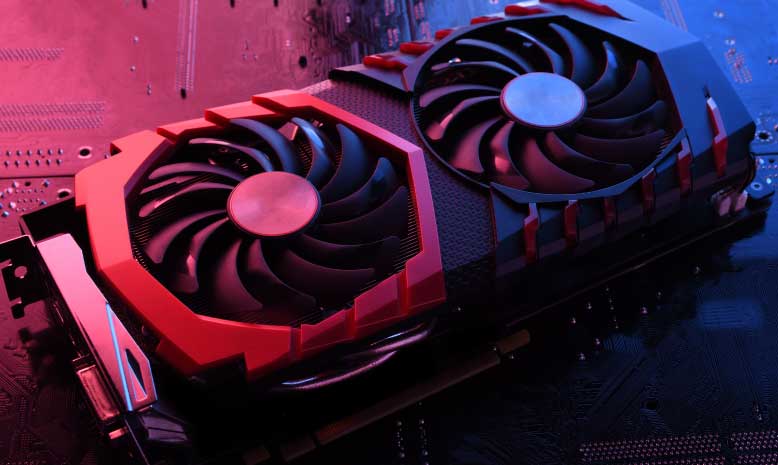
Does Crypto Mining Damage Your PC? A Detailed Examination
By Deeprivermedia
- News ,
- 15 Jul
As cryptocurrency mining has gained popularity, many individuals have turned to their personal computers to mine digital currencies. While mining can be lucrative, especially for popular cryptocurrencies like Bitcoin and Ethereum, it has raised concerns about the potential impact on computer hardware. This article explores whether crypto mining can damage your PC, examining the factors involved and offering tips for mitigating potential risks.
Understanding Crypto Mining
Cryptocurrency mining involves using computational power to solve complex mathematical problems, which helps validate and record transactions on a blockchain. Miners are rewarded with cryptocurrency for their efforts, making mining an appealing way to earn digital assets. However, mining requires significant processing power, which can strain a computer’s hardware components.
Key Components Affected by Mining

- Central Processing Unit (CPU): The CPU is the brain of your computer, handling general processing tasks. While some cryptocurrencies can be mined using the CPU, it is less common for major currencies. Mining with a CPU can lead to increased wear and tear due to sustained high usage.
- Graphics Processing Unit (GPU): GPUs are more commonly used for mining, particularly for cryptocurrencies like Ethereum. They are designed for parallel processing, which makes them well-suited for the repetitive calculations required in mining. Extended periods of GPU mining can lead to overheating and potential hardware damage.
- Power Supply Unit (PSU): Mining places a significant load on the power supply unit, as it needs to provide consistent and substantial power to the components. A PSU that is not rated for high power consumption or is of poor quality may fail under the stress of mining operations.
- Cooling System: Mining generates substantial heat, which can strain your computer’s cooling system. Overheating can cause components to throttle performance, reduce their lifespan, or even cause permanent damage if temperatures exceed safe limits.
Potential Risks of Crypto Mining
- Overheating: One of the most significant risks of crypto mining is overheating. Mining operations generate a lot of heat, which, if not properly managed, can cause components to run hotter than their designed operating temperatures. Over time, excessive heat can lead to hardware failures and reduced lifespan of the components.
- Hardware Wear and Tear: Continuous mining can put a strain on your computer’s hardware, leading to increased wear and tear. Components like the GPU and PSU are designed for varying levels of stress, and extended mining operations can push them beyond their intended limits.
- Power Consumption and Electrical Issues: Mining requires a considerable amount of power, which can stress your power supply unit and increase your electricity bill. A PSU that cannot handle the high power demands may fail, potentially causing damage to other components or creating safety hazards.
- Dust and Debris Accumulation: Mining operations can lead to increased dust and debris accumulation inside your computer case due to prolonged usage. Dust buildup can impede airflow, reducing the effectiveness of cooling systems and contributing to overheating.
Mitigating Risks and Protecting Your PC
- Proper Cooling: Ensure that your computer’s cooling system is adequate for the demands of mining. Invest in high-quality fans, heatsinks, or liquid cooling solutions to keep temperatures in check. Regularly clean your cooling components to prevent dust buildup.
- Monitor Temperatures: Use software tools to monitor the temperatures of your CPU, GPU, and other critical components. Set up temperature alerts to warn you if components are approaching unsafe levels.
- Optimize Mining Settings: Adjust mining software settings to balance performance and power consumption. Reducing the intensity of mining operations can decrease the strain on your hardware and lower temperatures.
- Invest in Quality Hardware: Use high-quality, well-rated power supply units and ensure that your GPU and other components are designed to handle extended use. Consider using mining rigs with components specifically built for mining tasks.
- Regular Maintenance: Perform regular maintenance on your computer, including cleaning and checking for signs of wear and tear. Ensure that all components are functioning correctly and replace any parts that show signs of damage or degradation.
Alternative Approaches

- Dedicated Mining Rigs: Instead of using your personal computer for mining, consider investing in a dedicated mining rig. These rigs are built specifically for mining operations and are designed to handle the high demands of crypto mining more efficiently.
- Cloud Mining: Cloud mining involves renting mining power from a third-party provider. This approach allows you to participate in mining without the need to invest in or maintain hardware, reducing the risk of damage to your personal computer.
While crypto mining can potentially damage your PC if not managed properly, taking precautions and maintaining your hardware can help mitigate these risks. Overheating, hardware wear and tear, and power supply issues are common concerns, but with proper cooling, monitoring, and maintenance, you can minimize the impact on your computer. Alternatively, exploring dedicated mining rigs or cloud mining options can provide a safer and more efficient way to participate in the cryptocurrency mining process. As the crypto space continues to evolve, staying informed and adopting best practices will ensure that you can enjoy the benefits of mining while protecting your valuable hardware.



